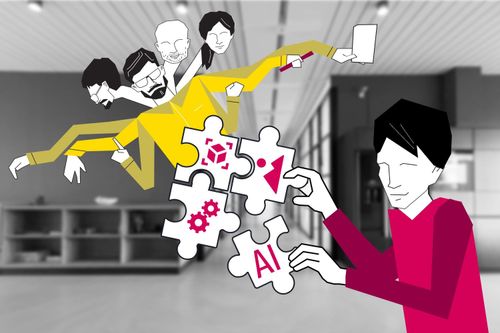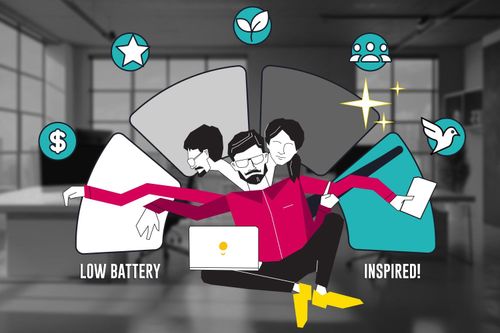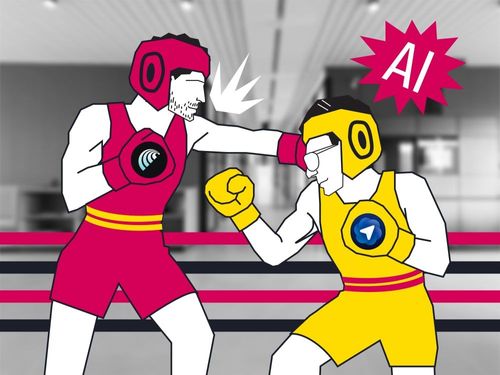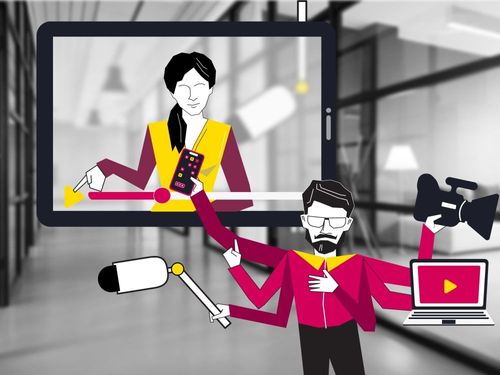
You invest hundreds of hours in long hiring processes. You fight to get the best people possible. You put in a lot of money and effort. But in the end, everything can go down the drain if their onboarding process fails.
Here at Smartexe, we’ve onboarded hundreds of teams and thousands of individual devs to work for European, Israeli, and American companies. It was a steep learning curve, but now we know exactly what has to be done so that onboarding processes succeed.
Here’s a checklist for your next hire:
- Culture misinterpretation
Remote developers switch cultures often. While many of them know how to adapt themselves to new places and norms, they struggle with nuances. Without direct access to water cooler talks, they can make unnecessary mistakes and, as a result, get fired. So, initially, we recommend providing remote developers with a culture “book” and guidance. The book should describe your company's ethos, values, mission, and expectations. And a mentor's guidance should complement it with nuance and personal recommendations. - Mentorship mismatch
Sometimes, a new team member gets a mentor who doesn’t match their temper or is just overloaded with work. It leads to a lack of communication and can fail the new hire. Choose the mentors wisely and make sure they have enough time and motivation to guide remote employees. - Remote Work Policy:
Time zone differences, many new communication channels, and tons of new data can confuse even the most organized and efficient devs.
Setting a clear remote work policy helps to create a seamless development process among remote team members.
We suggest it includes:
- Communication Breakdown: Define official communication channels and between teams. Do not forget to highlight the response times for emails if you have them.
- Flexibility Challenges: Clarify expectations regarding work hours and malleability. Be transparent about any core hours for meetings and provide guidance on managing flexible schedules.
- Security Concerns: Describe your company's security measures, including the use of VPNs, secure Wi-Fi connections, etc. Ask to sign a Non-disclosure agreement if you have any.
- Vacation and Sickness: Explain how vacation is calculated. Clarify the way you can create requests to get it. Answer the most popular question: “How many days in advance do I need to notify about the desire to take a vacation?”. Also, describe the case of action in case your employee gets sick, and highlight the person whom he/she should notify.
Introduce tools, software, and hardware
Many devs will find it difficult to admit they aren’t proficient with certain tools or will exaggerate their proficiency. This is only human.
A well-organized toolkit ensures seamless collaboration and productivity. For example, create an email at your company domain for your new staff member. Introduce them in all communication channels. Provide logins to all tools that he/she will require for the project e.g. Jira or Trello.
Also, it may be helpful to set up a code repository such as GitHub or Bitbucket, depending on the type of project.
If you have a sysadmin, introduce them to your new hire, and describe the procedures of getting access to the necessary software and hardware.
Provide comprehensive documentation that details your technical architecture of the current project, coding standards, and best practices. This serves as a valuable reference point for developers, ensuring alignment with your coding conventions.
Socialization issues
Creating a seamless onboarding experience for remote software developers goes beyond introducing them to lines of code. Many remote developers feel hesitant to participate in virtual gatherings and to engage with on-site employees, something that only increases their isolation over time.
Set up a unique time to introduce new hires to the team, invite old and new team members to introduce themselves, and encourage sharing of personal interests and hobbies.
Incorporate virtual coffee breaks or informal social channels where team members can share non-work-related interests. Push both sides to talk and engage with each other there.
Lack of feedback on the onboarding process
Often, onboarding processes have many gaps because new remote developers may be hesitant to provide criticism so early in a new position.
We recommend you:
- Actively seek feedback to refine and enhance the onboarding experience. You can send them our guide on “How do you give feedback on a tech team?”
- Surveys and feedback sessions: Distribute surveys or conduct feedback sessions to understand the remote onboarding experience. Use this input to identify areas for improvement. Remember, remote developers may be hesitant to provide honest feedback.
- Evaluate mentors: Ensure that new developers feel supported and have the resources they need. For example: at Smartexe we use the Hurma CRM system that allows us to receive anonymous feedback [and not it’s not a paid promotion].
Communication Gaps
Communication gaps are nothing to worry about, it’s avoidance from solving them that is a problem.
Explain to your new hires that there are no silly questions, and try to give them as many opportunities to talk things out as possible:
- Daily Stand-up: Incorporate daily stand-up meetings to keep the team connected. Use video calls to enhance the personal touch and foster a sense of togetherness.
- Individual Check-Ins: Schedule one-on-one check-ins to provide a dedicated space for discussing individual progress, challenges, and career development.
Ensuring that remote developers understand the bigger picture is essential for fostering a sense of purpose and connection. Immerse new developers in the projects they'll be working on. Offer insights into the project's goals, client expectations, and the overall impact it has on the company's objectives.
Final Thoughts.
Proper onboarding is a combination of technical aspects with interpersonal ones.
It has to touch your company’s culture:
- this is the way we do things around here
- this is how we handle problems
- this is what we expect from you in situations A, B, and C.
Remember, successful onboarding is an ongoing process. Stay attuned to the evolving needs of your new team members. Be flexible. Be caring.
Like the way we think? Follow us for more original content.
Looking to add a small and super-effective organic team of developers to your company? Give us a ping.




















